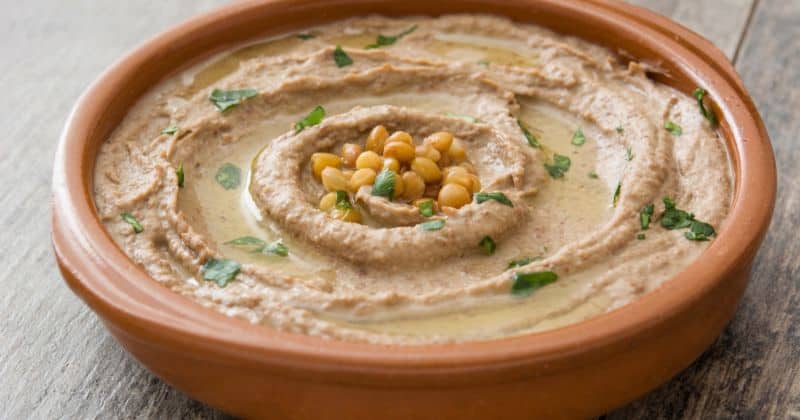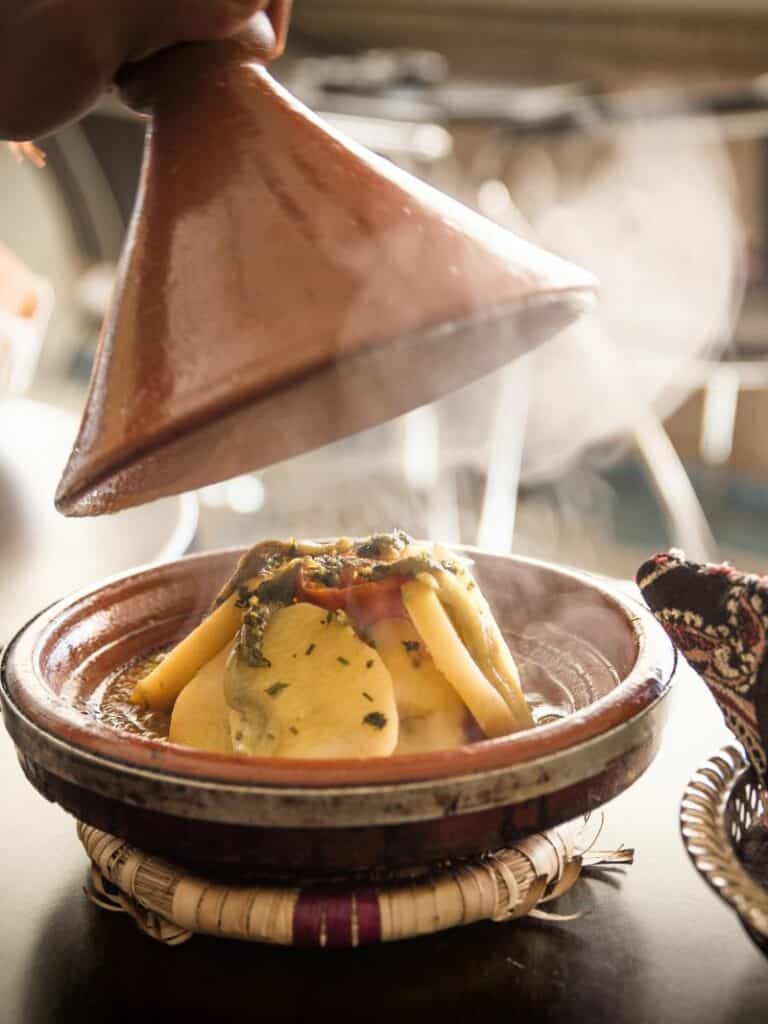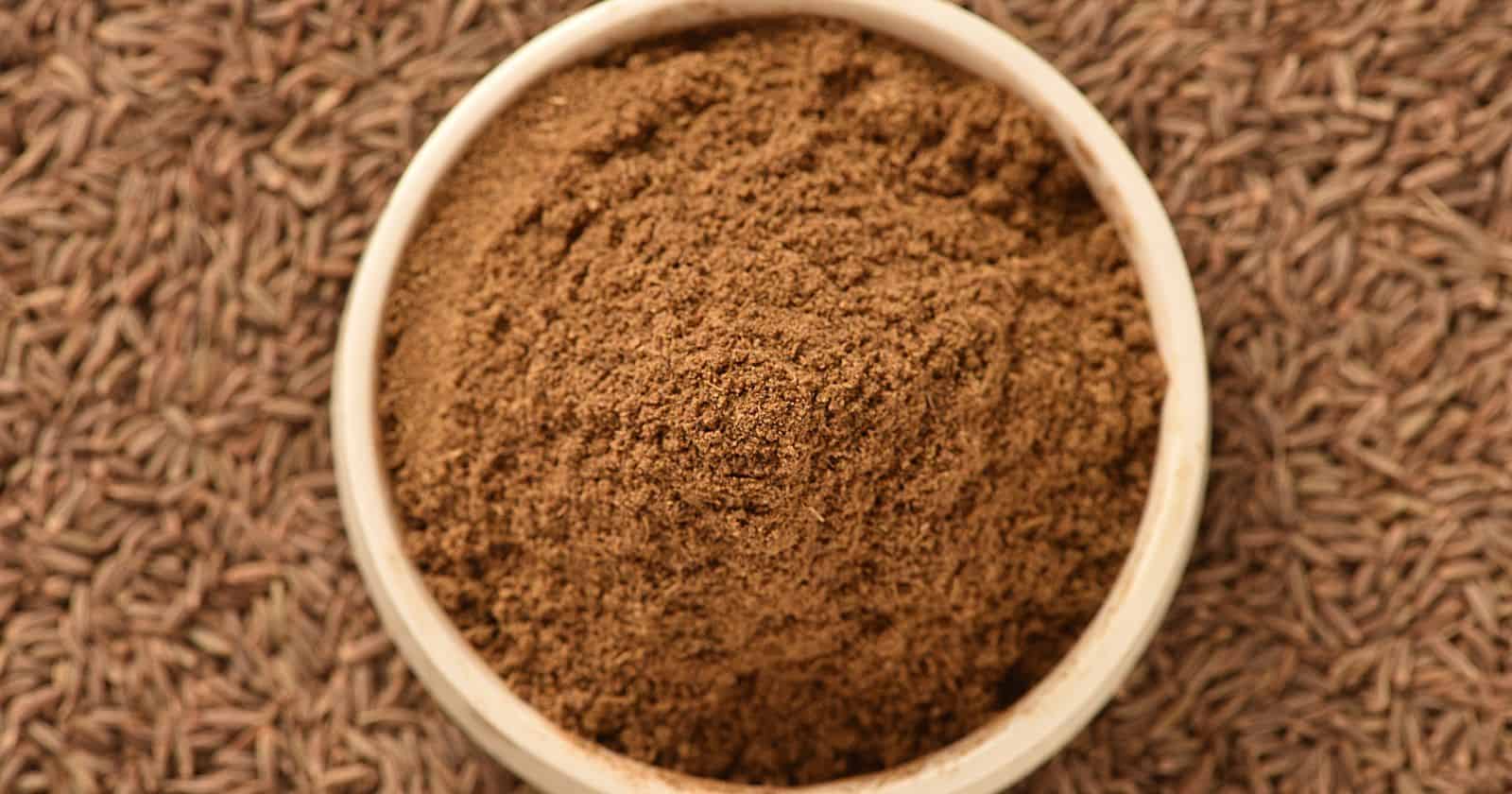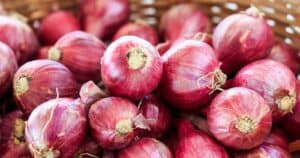Are you tired of using the same old spices in your dishes? Look no further than cumin! This versatile
Cumin may be the answer if you’re looking to add some flavor to your meals while also improving your overall health.
Cumin is a popular
In this article, we’ll dive into the many benefits of cumin and explore its various uses in the kitchen. From adding it to soups and stews to incorporating it into
So, let’s start on our journey of discovering the wonders of cumin!
What is Cumin?

Cumin is a
The Greeks and Romans utilized cumin in home remedies and religious and political ceremonies. It has been found in 4,000-year-old excavations in Syria and was used in ancient Egypt.
Traditionally, cumin was used as a herbal medicine, mainly to settle stomachs. The
Cumin is widely used in Middle Eastern, Latin American, and Indian recipes. Nearly every culture utilizes cumin somehow – it was a favorite
India and Iran are the top producers of cumin worldwide, and it is an essential ingredient in their cuisines. Besides its culinary uses, cumin is also highly beneficial for health as it promotes digestion and is rich in antioxidants.
Types of Cumin
There are two main types of cumin: whole seeds and ground cumin. Each type has a unique flavor and uses.
Whole Cumin
Whole cumin seeds are small, oblong-shaped seeds that are light brown. They have a slightly bitter, earthy flavor with a nutty undertone.
Whole cumin seeds are commonly used in Indian and Middle Eastern cuisine and are often toasted before being added to dishes.
They can add flavor to soups, stews, curries, and marinades. in cooking.
Ground Cumin
Ground cumin, on the other hand, is made by grinding the whole cumin seeds into a fine powder. Ground cumin has a more concentrated flavor than whole cumin seeds, with a slightly sweeter, nuttier taste.
It is commonly used in Mexican, Tex-Mex, and Southwestern cuisine and is often added to chili, tacos, and other dishes.
Health Benefits Of Cumin
Cumin may be the answer if you want to add some
This humble
Here are some benefits of cumin:
- Cumin is rich in antioxidants that protect the body against free radical damage.
- Cumin can improve digestion by increasing the production of digestive enzymes.
- Cumin is rich in iron, making it an excellent supplement for those with iron deficiency anemia.
- Cumin has anti-inflammatory properties and can help reduce inflammation in the body.
- Cumin may help lower blood sugar levels and improve insulin resistance.
- Cumin may help improve cholesterol levels by reducing LDL cholesterol and increasing HDL cholesterol.
- Cumin may help reduce cancer risk thanks to its antioxidant properties.
- Cumin is a natural remedy for colds and flu, thanks to its antibacterial and anti-inflammatory properties.
- Cumin may help improve brain health and prevent cognitive decline by reducing oxidative stress and inflammation.
- Cumin is a natural diuretic that can help reduce water retention and improve kidney function.
Popular Cumin Dishes And Recipes
Cumin is an essential
It is crucial in chili, taco seasoning, and tikka masala. However, cumin’s versatility extends beyond these core dishes.
Here are some culinary uses for cumin:
Mexican Cuisine

In Mexican cuisine, cumin is used extensively in taco seasoning, chili powder, guacamole, salsa, and queso dip.
Indian Cuisine

Cumin is a staple
Middle Eastern Cuisine

Cumin is popular in Middle Eastern cuisine and used in hummus, falafel, baba ghanoush, and shawarma.
North African Cuisine

Cumin is commonly used in North African cuisine, particularly in Moroccan and Tunisian dishes. It’s a key ingredient in a tagine, harissa, and ras el hanout
Mediterranean Cuisine

Cumin is frequently used in Mediterranean cuisine, including Greek salads, tzatziki sauce, and kebabs.
American Cuisine

Cumin is also used in American cuisine, particularly in Southwestern and Tex-Mex dishes like chili con carne, enchiladas, and fajitas.
Using Cumin In Cooking: How To Preparing Storing and Cooking
Cumin is available in whole and ground form and is often used to add flavor to meats, vegetables, and stews.
Here are some tips for preparing cumin:
Toasting Cumin
To bring out the full flavor of cumin, it is often toasted in a dry pan over medium heat until it becomes fragrant. Stir the cumin seeds constantly to prevent burning.
Grinding Cumin
If you have whole cumin seeds, you can use a
Using Cumin in Cooking
Cumin can be added to marinades, rubs,
Storing Cumin
Store cumin in an airtight container in a cool, dry place to keep it fresh for longer. Whole cumin seeds can last up to four years, while ground cumin only lasts six months to a year.
Using Cumin as Garnish
Whole cumin seeds can also be used as a garnish for dishes like hummus, yogurt, or roasted vegetables. Simply sprinkle them over the top for a touch of texture and flavor.
Where to Buy Cumin?
Cumin is found in most grocery stores or supermarkets in the
If you prefer to buy in bulk, you can check out wholesale stores or
When purchasing cumin, it’s important to check the expiration date and quality. It’s best to buy small amounts of cumin to stay fresh and flavorful.
Cumin Substitutes
If you don’t have cumin in your hands, there are plenty of spices that can substitute with slight changes of flavors and benefits:
Coriander seeds
Coriander seeds have a similar flavor to cumin but are milder and sweeter. Use half the amount of coriander in place of the cumin.
Caraway seeds
Caraway seeds have a slightly different taste than cumin but have a similar nutty flavor. Use the same amount of caraway as you would cumin.
Fennel seeds
Fennel seeds have a slightly sweeter and milder flavor than cumin. Use the same amount of fennel seeds as you would cumin.
Curry powder
Curry powder contains cumin as one of its main ingredients so it can be used as a substitute. Use half the amount of curry powder as you would cumin.
Garam masala
Garam masala contains cumin and other spices and has a similar flavor to cumin. Use half the amount of garam masala as you would cumin.
Paprika
Paprika doesn’t taste like cumin, but it can add a similar depth to dishes. Use half the amount of paprika as you would cumin.
Chili powder
Chili powder contains cumin and other spices and has a similar flavor profile to cumin. Use half the amount of chili powder as you would cumin.





